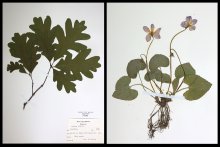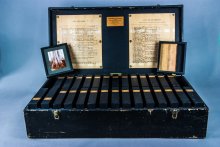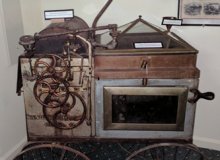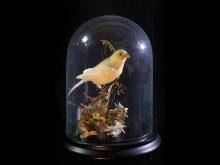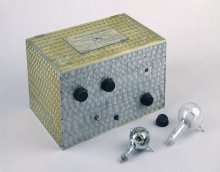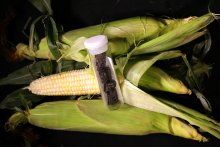Industrializing Illinois (1877-1917)
Following the Civil War, Illinois continued to grow in population, diversity, and complexity. Large-scale heavy manufacturing and a growing commercial sector joined agriculture as major employers of a rapidly growing population. Immigration continued, with African Americans from the South and southern and eastern Europeans joining more established groups. Conflicting interests sometimes led to unrest, strikes, and even violence. During this period, Illinois also became a center of exciting new movements in art, architecture, and literature.
In 1907, Mrs. James C. Fessler of Rochelle suggested to state officials that Illinois schoolchildren vote for a state tree and flower. Senator Andrew J. Jackson of Rockford introduced a bill making it official, and in 1908 the blue violet became the state flower, and the oak became the state tree.
Identification guidebooks put information about plant and animal species in the palm of our hands. This identification guide, however, is quite unique. Instead of a book, this field guide is a box. Local ornithologist Benjamin T. Gault created this portable guide to help him with his fieldwork.
Kerosene and a mechanical crank powered this peanut-roasting machine owned by John Coleman of Mt. Carmel. The kerosene tank provided light to work by and powered the burners under the roasting chamber. A steam jacket under the glass dome kept the peanuts warm.
This canary’s name is Nicodemus. He belonged to an Illinois woman in the 19th century. Nicodemus was free from his cage and sitting on a window sash one day when someone threw open the sash and smashed him. His owner was so distraught that she had him stuffed and mounted, and he sat on display in the family parlor for the next several decades.
The Chicago Century of Progress Exposition of 1933-34 celebrated the alliance between science and industry, conveying a message of hope for a better future in times of depression. The most dramatic and anticipated moment of the opening ceremony in the evening of May 27, 1933, was when the illumination of the fair was turned on, unfolding as a spectacle of light and color.
Pages






